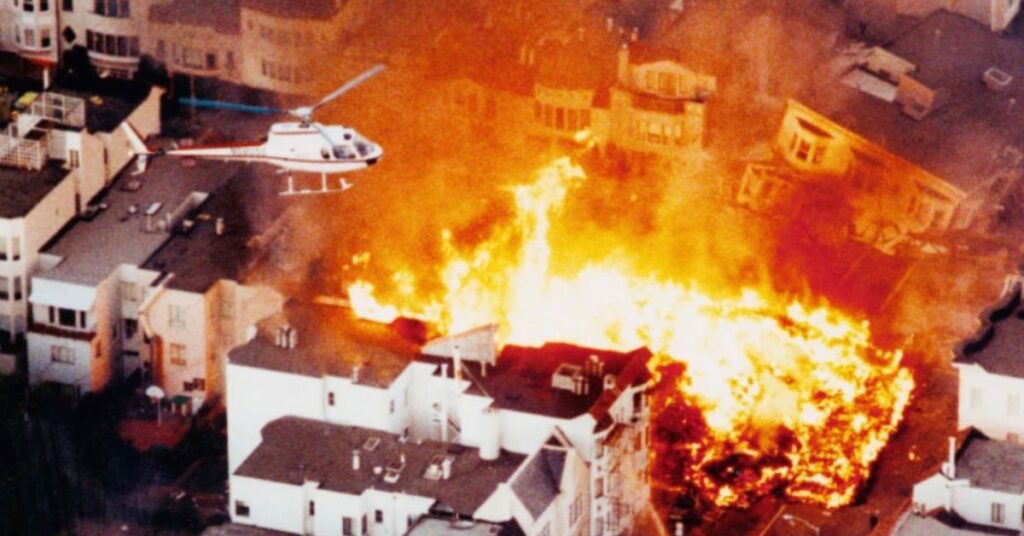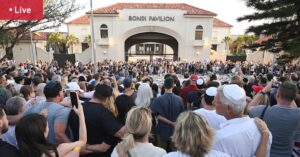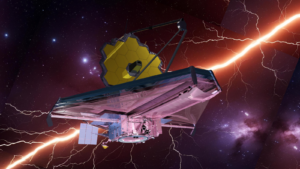
On October 17, 1989, a catastrophic earthquake shook northern California, claiming 63 lives. Yet, hundreds more were spared, thanks to the timing of a major sports event. The 6.9 magnitude Loma Prieta earthquake struck with its epicenter approximately 100 kilometers southeast of San Francisco, marking the most powerful seismic event since the infamous 1906 earthquake that ravaged the city.
As in previous decades, Californians in 1989 had no advance warning of the impending disaster. For many, the day’s focus was on baseball, not seismic activity. The Oakland Athletics and San Francisco Giants, two local baseball teams, had reached the World Series, with their third game scheduled at San Francisco’s Candlestick Park.
The Moment Disaster Struck
Just minutes before the 5:30 PM start of the game, the earthquake unleashed 17 seconds of chaos. Fans at the stadium experienced the ground shaking beneath them and were instructed to evacuate in an “orderly manner” via loudspeakers as the game was abruptly canceled. Meanwhile, other areas of California faced dire consequences.
The quake’s impact ruptured gas pipelines in San Francisco’s Marina District, igniting massive fires. A 20-meter section of the San Francisco-Oakland Bay Bridge’s upper deck collapsed, resulting in one fatality. The double-deck Interstate 880 Cypress Structure also suffered a catastrophic failure during rush hour, causing 42 deaths and numerous injuries.
The Role of Baseball in Saving Lives
Remarkably, the timing of the World Series game played a crucial role in saving lives. Many Californians had left work early to watch the game at home or in bars, significantly reducing traffic on the roads during the evening rush hour. When the earthquake struck at 5:04 PM, the roads were relatively empty, sparing countless lives that might have been lost in traffic accidents.
The baseball championship was subsequently suspended for ten days, earning the moniker “Earthquake Series.” The Loma Prieta earthquake resulted in 63 deaths, 3,757 injuries, and an estimated $10 billion in property damage, according to the Geological Survey.
Lessons Learned and Preparedness Efforts
The earthquake served as a wake-up call for authorities, highlighting the urgent need for preparedness in earthquake-prone California. Since 1989, over $30 billion has been invested by various businesses and government entities to bolster San Francisco’s infrastructure against future seismic events.
“It was a pivotal moment that underscored the vulnerability of our infrastructure and the necessity for comprehensive disaster preparedness,” remarked Dr. Emily Johnson, a leading seismologist at the California Institute of Technology.
Efforts have included retrofitting bridges, strengthening buildings, and implementing advanced early warning systems. These measures aim to mitigate the impact of future earthquakes, which scientists warn are inevitable.
Looking Ahead
While the Loma Prieta earthquake was a tragedy, it also demonstrated the unpredictable ways in which human activities can intersect with natural disasters. The fortuitous timing of a baseball game inadvertently saved lives, serving as a poignant reminder of the importance of preparedness and resilience in the face of nature’s unpredictability.
As California continues to invest in infrastructure and preparedness, the lessons of October 17, 1989, remain a guiding force in efforts to safeguard communities from future seismic threats.







